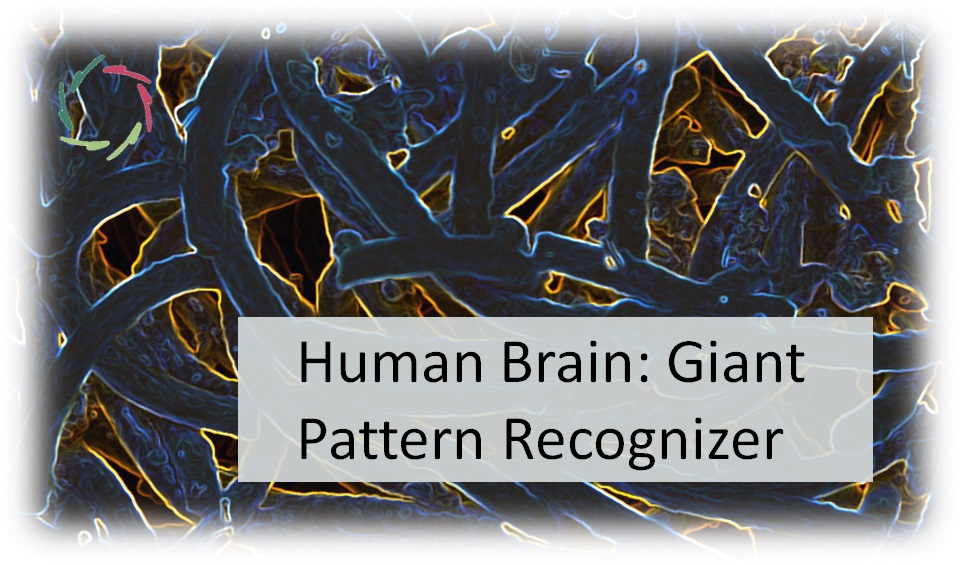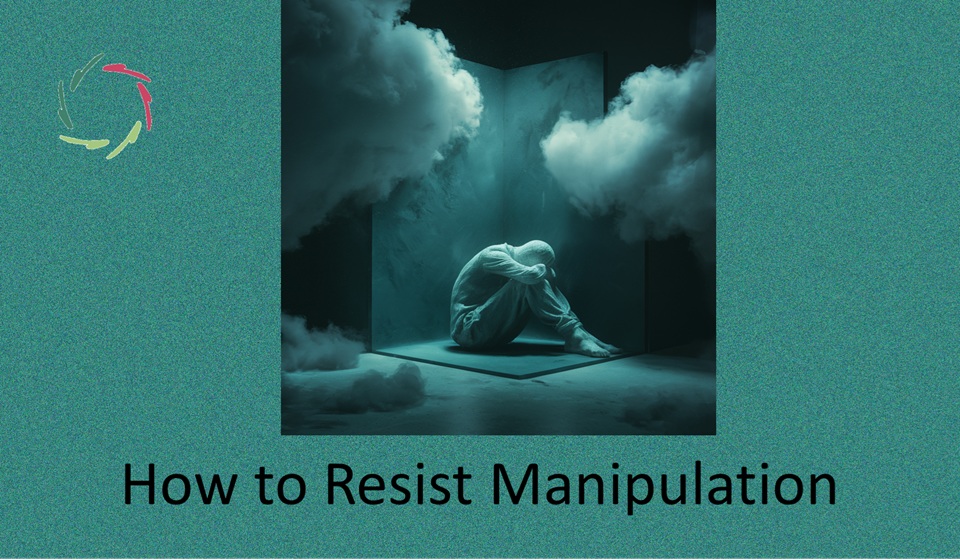Human Brain: Giant Pattern Recognizer

The human brain does not process information in purely linear ways, like a serial digital computer. Instead of this, many things in the brain happen in parallel and coordinated ways simultaneously at many levels.
No serial look-up
Leaving any soul-stuff aside, people use(d) to think of the human brain as a kind of giant serial look-up machine. For instance: if you have forgotten something, all you need to do is find the right place in the ‘brain-closet.’
Contrary to this, the brain appears to be in the business of parallel processing and pattern recognition: each part of the brain extracts information from available patterns, then sends processed information to other parts which receive their info from several parts together and do their own pattern recognition, processing, projecting.
Take for instance the visual system.
Light falls through the eyeball upon the retina which is a projected part of the brain. Here the pattern is, of course, parallel to that of the specific part of the world that is ‘seen.’ But then this pattern is broken up in several specific, quite incomprehensible streams of patterns for colors, depth, etc. In between, emotions play a large role in shaping these visual streams… until finally, the brain brings it all together into a pattern that we experience as consciousness.
Many domains of intelligence.
Attention, memory, decision making, emotionality, morality, language processing, intuition, sensorial and motoric processing… In all these domains, wherever we look into the brain, we see pattern processing. Patterns of the past and the present. And even patterns of the future (‘predictions’) which for instance play a huge role in motoric finetuning. In this, the brain predicts patterns of the very near future, compares them with patterns of the present and then finetunes movements towards the predicted future. In short:
patterns, patterns, everywhere in the brain.
Elements of these patterns may be neurons. They may also be synapses or whatever. That’s not the issue. What is important, however, is that the elements of one pattern do not need to lie near each other, or even close together, as long as they lie functionally close together. This is: if they can act together… forming a pattern.
And this is what we see: neurons of even anatomically different parts of the brain work together toward brain performances that we call ‘seeing,’ ‘hearing,’ ‘wanting,’ etc.
Distributed
If the neurons of a pattern are not lying together, the processing is said to be ‘distributed.’ This is a brainy characteristic that makes our mind immensely more powerful. Without brainy ‘distribution,’ we would be very dumb creatures.
It’s technical, but distribution definitely enables a system to hold immensely much more information than if the same amount of processors (neurons?) would act in non-pattern-related ways. In short: we can hold MUCH more information under the same skull.
Distribution also enables our mental patterns to interact infinitely more intensely and in infinitely more ways. Consciously – the more conceptual realm – we can simultaneously hold in mind just a few things. Unconsciously – the more subconceptual, parallel, pattern-wise realm – many influences are continuously acting simultaneously. Of course, un-consciously => we are not aware of it.
Unconscious self-perpetuating patterns (USPPs)
In e-book 3, I posit that USPPs finally enable us to ‘think conceptually’, more or less. They are, according to me, an important part of the explanation of consciousness.
At the same time, they are part of what can make us – psycho-somatically – ill. Thus, not one or the other purely conceptual cause, but a number of sub-conceptual influences together form a negative USPP that acts as a kind of whirlpool, drawing us into what can become strong enough to make us ill.
This is why AURELIS is very important.


